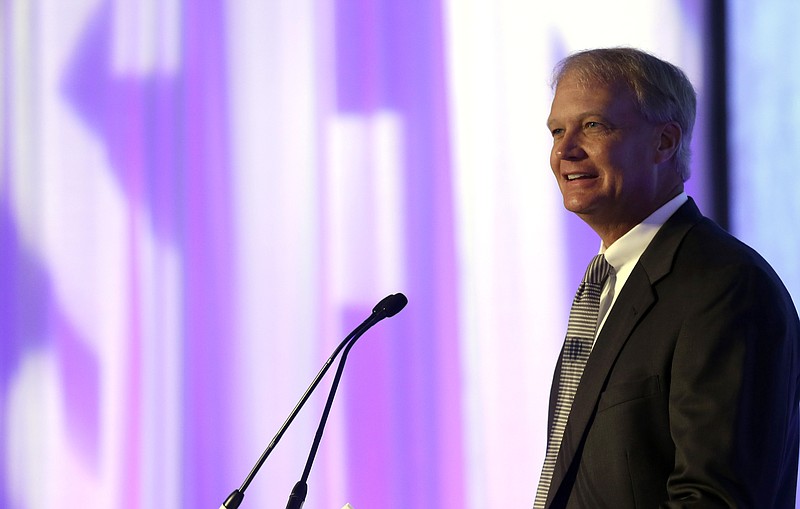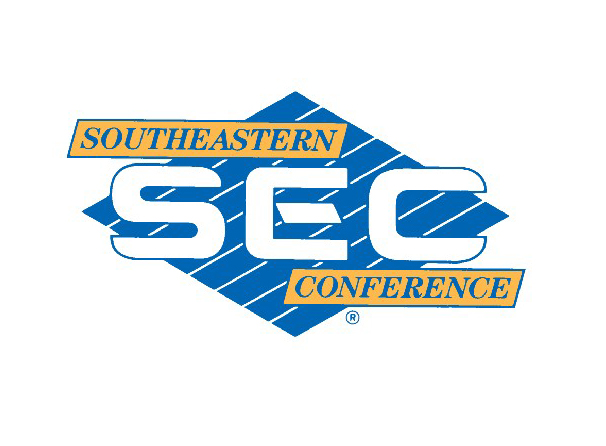Now that Southeastern Conference football players, coaches and fans finally have a comfort level with the new rules on targeting, there is another change that could cause initial confusion.
When a play is over and a pile has formed, whether on a fumble or a short-yardage situation, players who pull or knock other players from the pile now will be assessed a 15-yard unsportsmanlike-conduct penalty. These situations not only occur on plays from scrimmage but special teams, especially onside kicks.
"We need to get this in the minds of the players and let them know they can't do it," SEC coordinator of officials Steve Shaw said this week from the league's Media Days event in Hoover, Ala. "When a guy gets yanked by an opposing player off a pile, he's going to react negatively to that. Instead of officials needing to focus on the pile to see who's got the ball, we're having to pull people away.
Coming Sunday
A team-by-team preview of SEC football programs, beginning with Alabama.
"The hope is that when people start to go in that pile that something will click, because this penalty will be automatic."
Shaw recognizes there could be initial backlash with the rule, which was the case in 2013 when stiffer penalties for targeting were enacted. On Oct. 19 of that year, there were targeting fouls in the Missouri-Florida, Tennessee-South Carolina and Vanderbilt-Georgia games, with a call on Bulldogs linebacker Ramik Wilson leading to an eventual tweak to where the penalty would be scratched if the call was reviewed and overturned.
That was a taxing year for Shaw and his staff, but he noted this week that targeting fouls were down 10.5 percent within the league in 2014.
"The whole intent behind this was to change player behavior," Shaw said. "In the old days, when a ball went over the receiver's head, that safety was going to leave his calling card. Now they think about it before they leave that calling card. They know the impact and the risk they run if it's a high hit, so now we're seeing guys pulling off unnecessary hits, which is exactly what we wanted.
"A couple of years ago, the fans thought we were ruining the game, but I would submit to them that the last two years of college football have been as exciting as you could imagine. People wonder if we're going to back off now, and the answer is no. Any time there is a targeting foul, we better have a marker on the ground."
Another safety-strengthening measure being implemented is the addition of a certified medical trainer who will be seated in the instant-replay booth and will be focused on hits that could cause head or neck trauma. Should trainers spot a player displaying symptoms, they will be able to communicate to the referee that the game needs to be stopped for an injury timeout.
The player coming out of the game will not be publicly identified.
If there seems to be more officials on the field this year, that's because all 10 conferences in the Bowl Subdivision will be employing eight-man crews. The SEC experimented with one eight-man crew last year, and Shaw said, "Everything was positive."
There were concerns that adding an official would mean adding more penalties, but the eight-man crew called more fouls per game than four of the SEC's seven-man crews and fewer fouls than the other four crews.
"The game has changed around pace of play and substitutions and monitoring all that," Shaw said. "We're going to use the center judge. He'll be opposite the referee in the offensive backfield, and he'll spot the ball on every play and will interact with the referee on substitutions. That will allow our umpire and our wing guys to do their jobs, which helps us greatly.
"We've got to find ways, whether it's technology or an additional official or by training, to get our guys better, and this is a revolutionary step. I'm excited about it, and what we saw last year was good."
The SEC went from six to seven officials in 1986.
"I think we'll be with eight through my career," Shaw said, "so I won't have to worry about it going beyond that."
Contact David Paschall at dpaschall@timesfreepress.com or 423-757-6524.

